When it comes to choosing a mattress, there are many factors to consider. Comfort, support, and durability are all important aspects, but what about breathability? If you have a foam mattress or are considering getting one, you may be wondering if it needs to "breathe." In this article, we will explore the concept of foam mattress breathability and whether or not it is necessary to let your mattress breathe. Foam Mattress Breathability: Do You Need to Let Your Mattress Breathe?
Proper care is crucial for ensuring the longevity of your foam mattress. Just like any other mattress, foam mattresses need to be taken care of in order to maintain their quality and support. One important aspect of caring for a foam mattress is allowing it to breathe. This means giving your mattress time to air out and release any moisture that may have built up over time. This is especially important for foam mattresses, as they tend to retain more heat and moisture than traditional mattresses. How to Care for Your Foam Mattress: Letting It Breathe
So why is it important to let your foam mattress breathe? The answer lies in the materials used to make foam mattresses. Most foam mattresses are made of memory foam, which is a type of polyurethane foam that is known for its ability to contour to the body and provide pressure relief. However, this material is also known for its heat retention and moisture-wicking properties. This means that over time, your body heat and sweat can get trapped in the foam, leading to a buildup of moisture and potentially causing mold or mildew growth. Allowing your mattress to breathe helps to prevent this issue and maintain a healthy sleeping environment. The Importance of Letting Your Foam Mattress Breathe
Now that we understand the importance of letting your foam mattress breathe, let's talk about how to do it properly. The first step is to remove all bedding and sheets from your mattress. This will allow for maximum airflow and ensure that your mattress can release any built-up moisture. Next, you can prop your mattress up against a wall or lay it flat on the floor in a well-ventilated room. It is best to do this on a sunny day, as the sun's rays can help to dry out any moisture in the foam. Leave your mattress to air out for at least a few hours, but ideally overnight. If you are unable to lay your mattress out in the sun, you can also use a fan to help circulate air around your mattress. This will also aid in the drying process. How to Properly Let Your Foam Mattress Breathe
As mentioned earlier, foam mattresses are known for their heat retention and moisture-wicking properties. However, not all foam mattresses are created equal when it comes to breathability. Some mattresses may have added features, such as cooling gel or airflow channels, that help to improve breathability. When shopping for a foam mattress, it is important to consider the materials used and the breathability factor. This will not only affect your sleeping experience, but it can also impact the longevity of your mattress. Understanding the Breathability of Foam Mattresses
Allowing your foam mattress to breathe not only helps to prevent moisture buildup, but it also has other benefits. One major benefit is that it can help to maintain the firmness and support of your mattress. Over time, foam mattresses can start to lose their shape and become softer. Allowing your mattress to breathe can help to prevent this and ensure that you continue to get a good night's sleep. Another benefit is the prevention of odors. If moisture is allowed to build up in your foam mattress, it can lead to unpleasant smells. By letting your mattress breathe, you are reducing the chances of this happening and keeping your sleeping environment fresh and clean. The Benefits of Letting Your Foam Mattress Breathe
If you are unsure if your foam mattress needs to breathe, there are a few signs to look out for. The first is a musty or moldy odor. This is a clear indication that moisture has built up in your mattress and it is time to let it air out. You may also notice that your mattress is starting to feel softer than usual or that there are visible signs of mold or mildew. These are all signs that your foam mattress needs to breathe and should be aired out as soon as possible. How to Tell If Your Foam Mattress Needs to Breathe
To ensure that your foam mattress is getting the proper amount of airflow, there are a few tips you can follow. First, make sure to regularly wash your bedding to prevent any buildup of sweat or moisture on your mattress. You can also rotate your mattress every few months to prevent uneven wear and allow all areas of the mattress to breathe. And finally, try to avoid placing your foam mattress directly on the floor as this can restrict airflow. Tips for Allowing Your Foam Mattress to Breathe
So, why exactly do foam mattresses need to breathe? The answer lies in the material's ability to retain heat and moisture. Without proper ventilation, this moisture can get trapped and lead to mold or mildew growth. Additionally, foam mattresses tend to be made of more dense materials than traditional mattresses, which means they can take longer to dry out. This is why it is important to give your foam mattress enough time to air out and release any moisture that may have accumulated. The Science Behind Why Foam Mattresses Need to Breathe
There are a few common misconceptions about foam mattresses and breathability that are important to address. The first is that foam mattresses do not need to breathe because they do not have springs. While it is true that foam mattresses do not have springs, they still need to be aired out to prevent moisture buildup. Another misconception is that foam mattresses are not suitable for hot sleepers. While foam mattresses do tend to retain more heat than traditional mattresses, there are many options available that have cooling features built-in. It is important to do your research and choose a foam mattress that is suitable for your sleeping needs. Common Misconceptions About Foam Mattresses and Breathability
What is a Foam Mattress and Why Does It Need to Breathe?

The Importance of a Good Mattress in House Design
 A good night's sleep is essential for our physical and mental well-being, and a crucial element in achieving a good night's sleep is a comfortable and supportive mattress. With advancements in technology, foam mattresses have become a popular choice for many people due to their comfort and pressure-relieving properties. However, one question that often arises is whether or not foam mattresses need to breathe.
Foam mattresses
are made from layers of foam, usually including memory foam, latex foam, or polyurethane foam. These materials are known for their ability to conform to the body's shape, providing support and reducing pressure points. However, unlike traditional spring mattresses, foam mattresses do not have any airflow within them, which raises the question of whether or not they need to breathe.
Yes, foam mattresses do need to breathe.
Just like our bodies, mattresses need to breathe to stay fresh and clean. Without proper ventilation, moisture and heat can get trapped in the layers of foam, creating a breeding ground for bacteria, mold, and dust mites. This can lead to unpleasant odors, allergies, and can even affect the durability of the mattress.
A good night's sleep is essential for our physical and mental well-being, and a crucial element in achieving a good night's sleep is a comfortable and supportive mattress. With advancements in technology, foam mattresses have become a popular choice for many people due to their comfort and pressure-relieving properties. However, one question that often arises is whether or not foam mattresses need to breathe.
Foam mattresses
are made from layers of foam, usually including memory foam, latex foam, or polyurethane foam. These materials are known for their ability to conform to the body's shape, providing support and reducing pressure points. However, unlike traditional spring mattresses, foam mattresses do not have any airflow within them, which raises the question of whether or not they need to breathe.
Yes, foam mattresses do need to breathe.
Just like our bodies, mattresses need to breathe to stay fresh and clean. Without proper ventilation, moisture and heat can get trapped in the layers of foam, creating a breeding ground for bacteria, mold, and dust mites. This can lead to unpleasant odors, allergies, and can even affect the durability of the mattress.
The Benefits of a Breathable Foam Mattress
 Investing in a breathable foam mattress can have several benefits. Firstly,
it can improve the air quality in your bedroom.
With proper ventilation, the moisture and heat that get trapped in the mattress can escape, reducing the risk of allergies and promoting a healthier sleeping environment.
Secondly,
a breathable foam mattress can increase the lifespan of your mattress.
As mentioned earlier, trapped moisture and heat can lead to the growth of bacteria and mold, which can damage the foam and reduce its supportive properties. By allowing the mattress to breathe, you can prevent this and extend the lifespan of your mattress.
Investing in a breathable foam mattress can have several benefits. Firstly,
it can improve the air quality in your bedroom.
With proper ventilation, the moisture and heat that get trapped in the mattress can escape, reducing the risk of allergies and promoting a healthier sleeping environment.
Secondly,
a breathable foam mattress can increase the lifespan of your mattress.
As mentioned earlier, trapped moisture and heat can lead to the growth of bacteria and mold, which can damage the foam and reduce its supportive properties. By allowing the mattress to breathe, you can prevent this and extend the lifespan of your mattress.
How to Ensure Your Foam Mattress Can Breathe
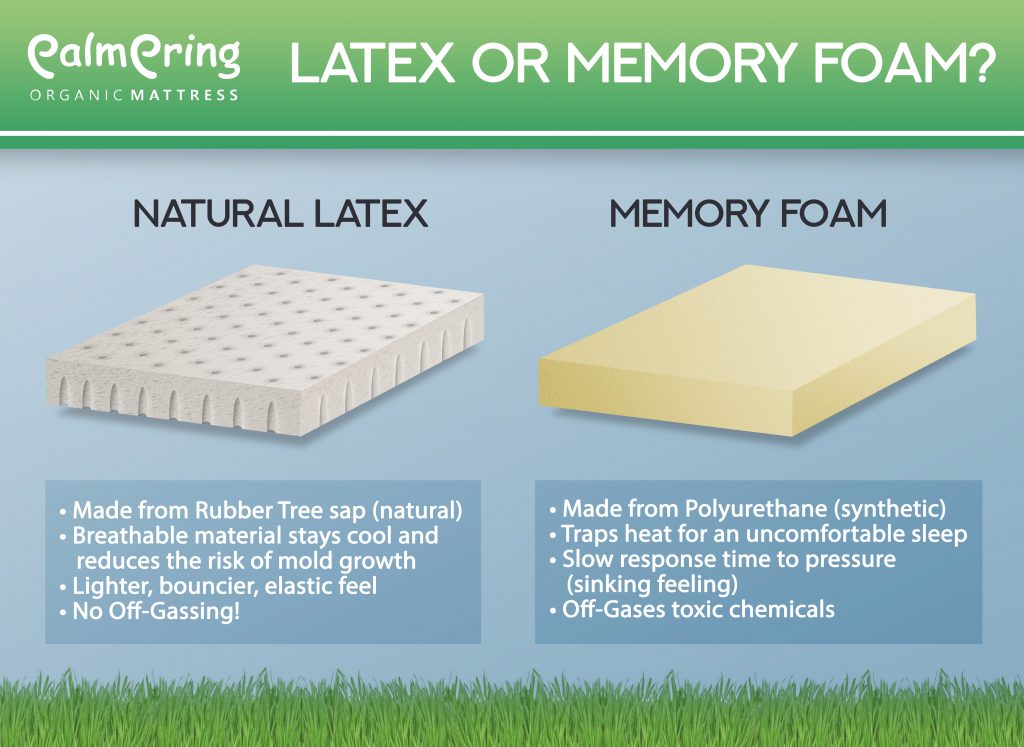 There are a few simple steps you can take to ensure your foam mattress can breathe properly. Firstly,
make sure you have a breathable mattress cover.
These covers are designed specifically for foam mattresses and allow for better airflow. Additionally,
rotate your mattress regularly.
This can help prevent uneven wear and tear and allow for better airflow.
Another way to promote breathability is by
using a bed frame with slats.
These slats allow for air to circulate beneath the mattress, preventing heat and moisture from getting trapped. Finally,
avoid placing your mattress on the floor.
This can restrict airflow and increase the risk of moisture buildup.
In conclusion, foam mattresses do need to breathe to maintain their comfort, freshness, and durability. By following the tips mentioned above, you can ensure your foam mattress can breathe properly, providing you with a comfortable and healthy sleeping experience for years to come.
There are a few simple steps you can take to ensure your foam mattress can breathe properly. Firstly,
make sure you have a breathable mattress cover.
These covers are designed specifically for foam mattresses and allow for better airflow. Additionally,
rotate your mattress regularly.
This can help prevent uneven wear and tear and allow for better airflow.
Another way to promote breathability is by
using a bed frame with slats.
These slats allow for air to circulate beneath the mattress, preventing heat and moisture from getting trapped. Finally,
avoid placing your mattress on the floor.
This can restrict airflow and increase the risk of moisture buildup.
In conclusion, foam mattresses do need to breathe to maintain their comfort, freshness, and durability. By following the tips mentioned above, you can ensure your foam mattress can breathe properly, providing you with a comfortable and healthy sleeping experience for years to come.




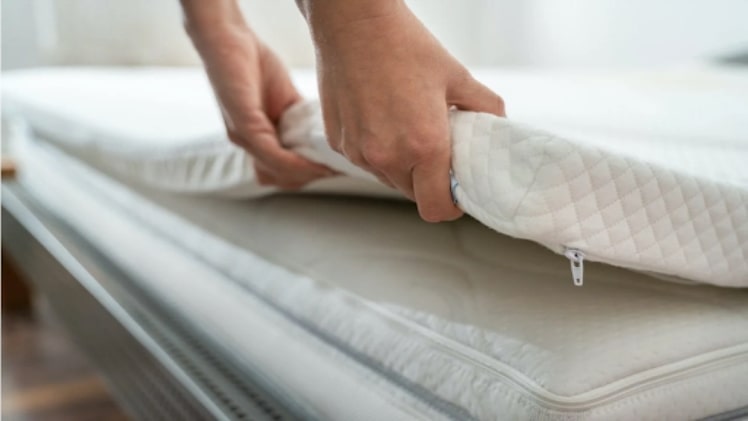

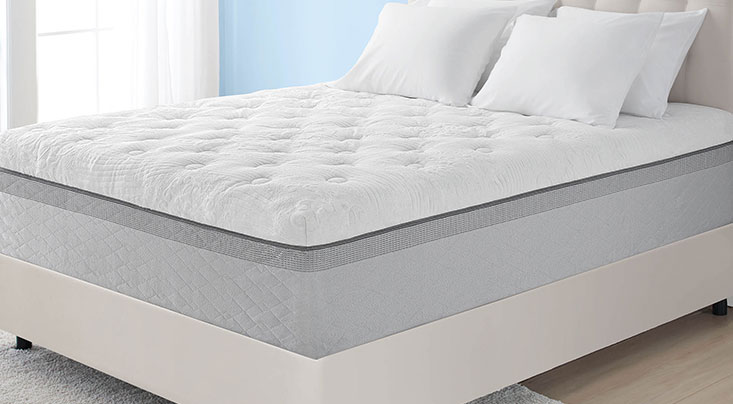
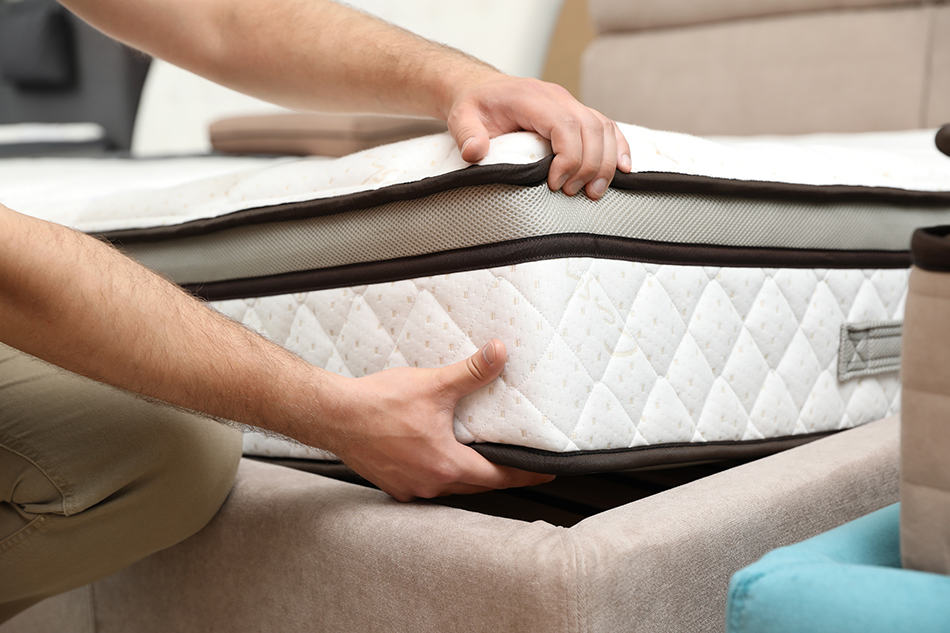







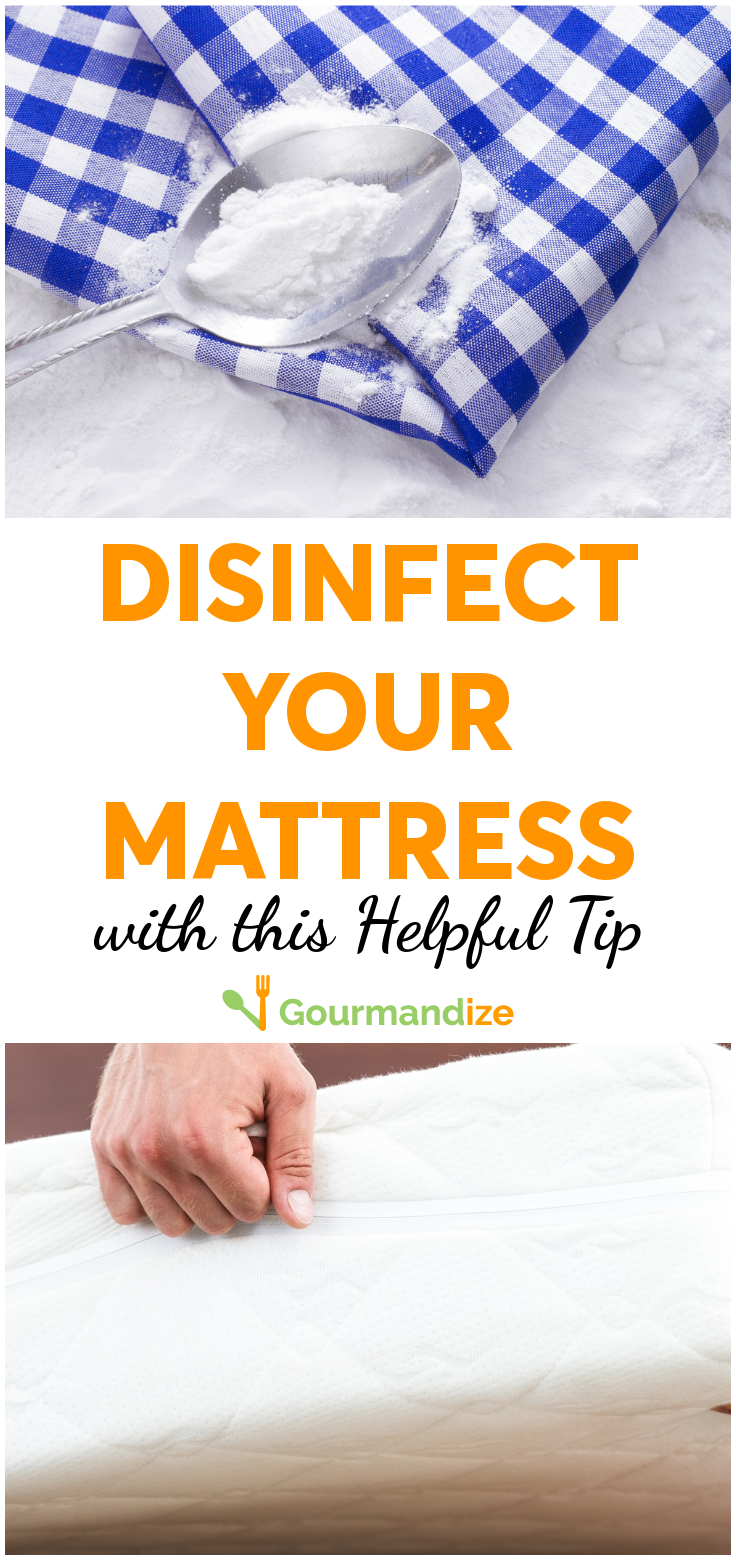



:max_bytes(150000):strip_icc()/SleeponLatex-b287d38f89374e4685ab0522b2fe1929.jpeg)





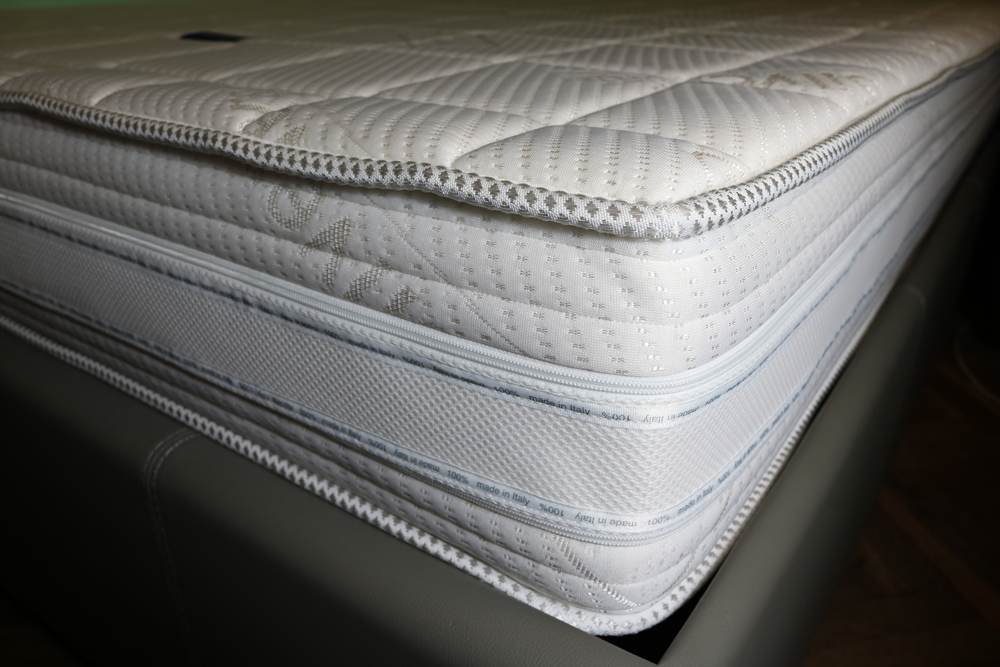










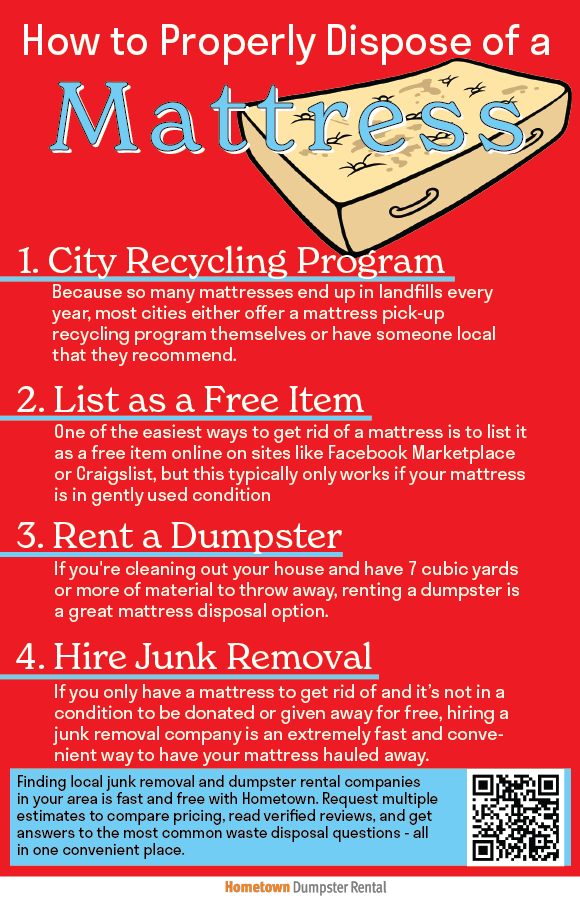







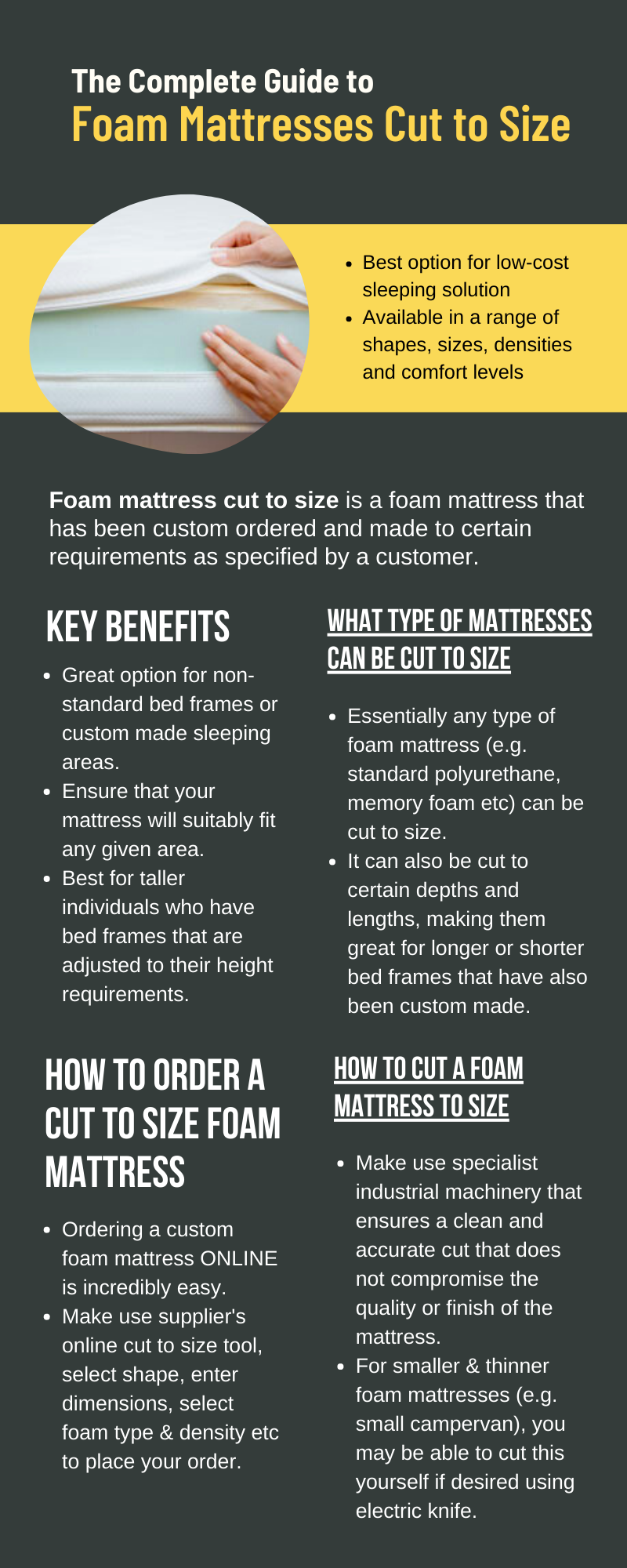

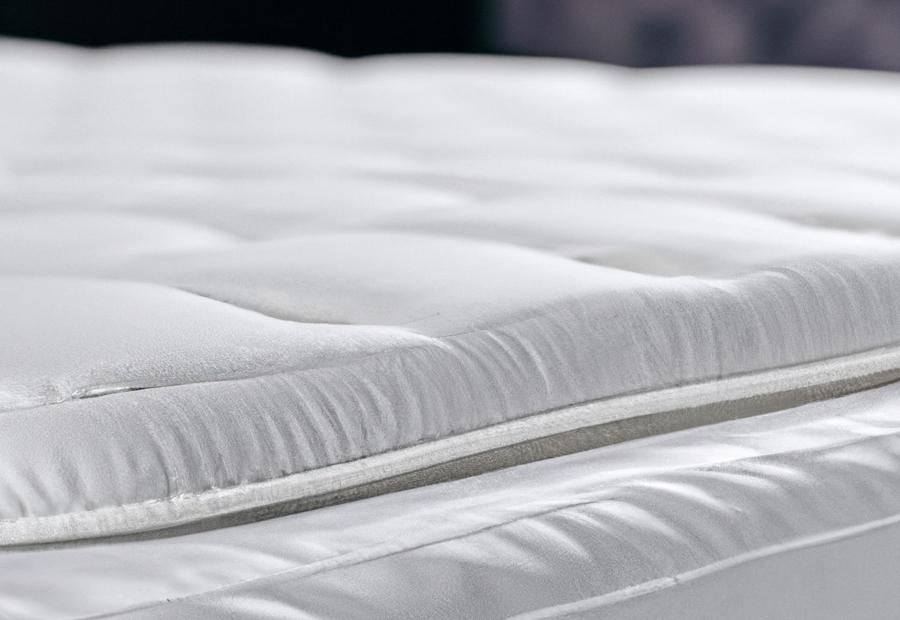

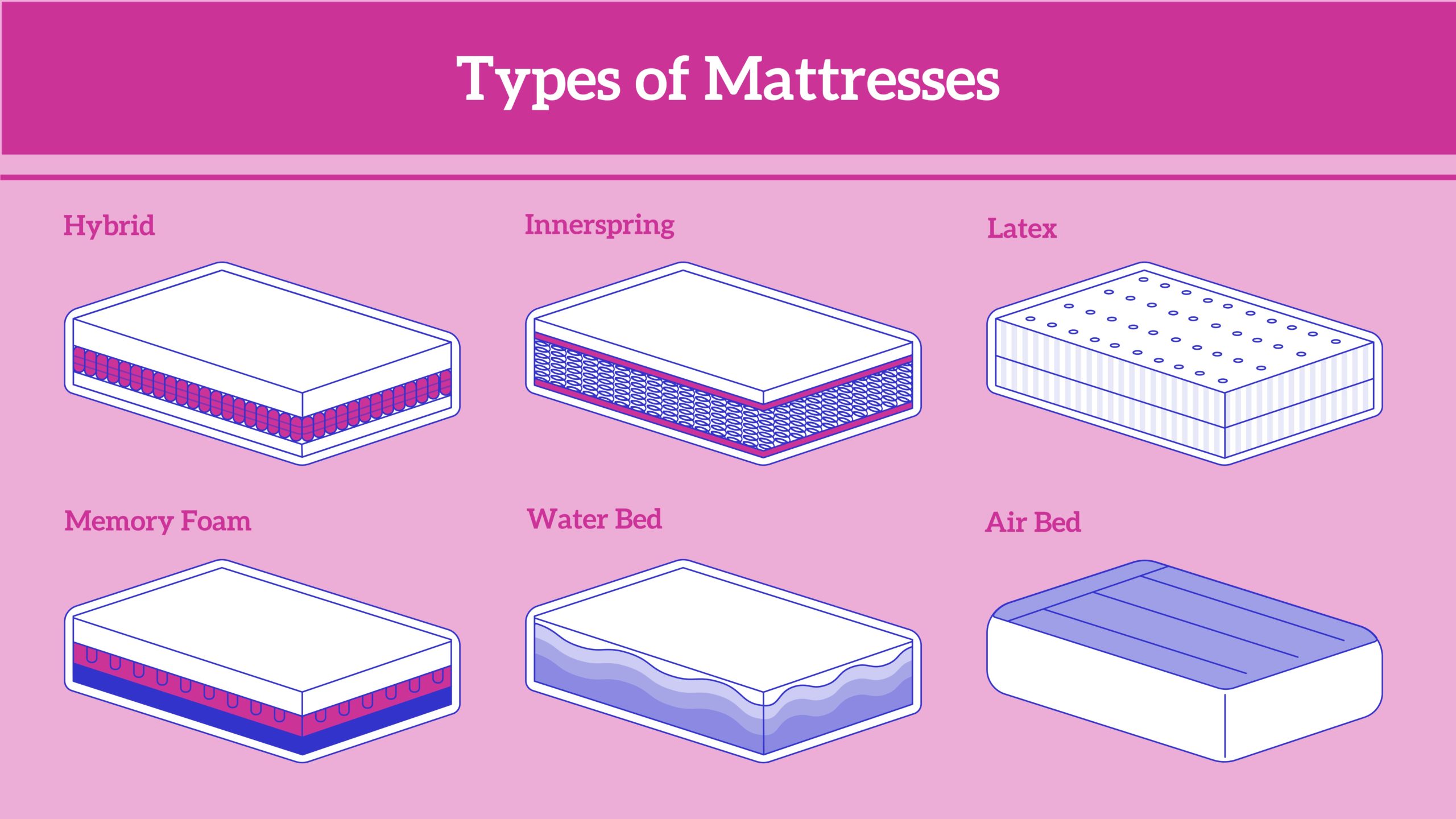




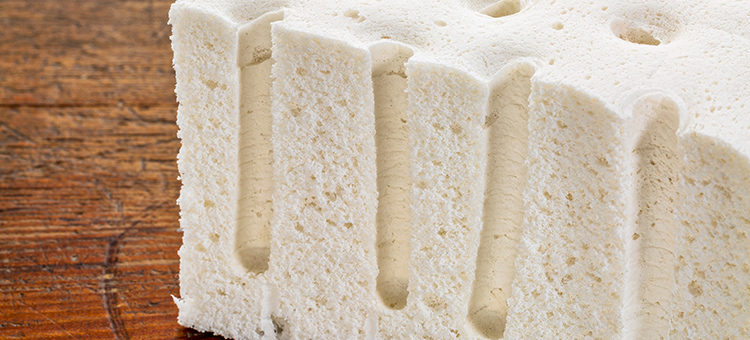




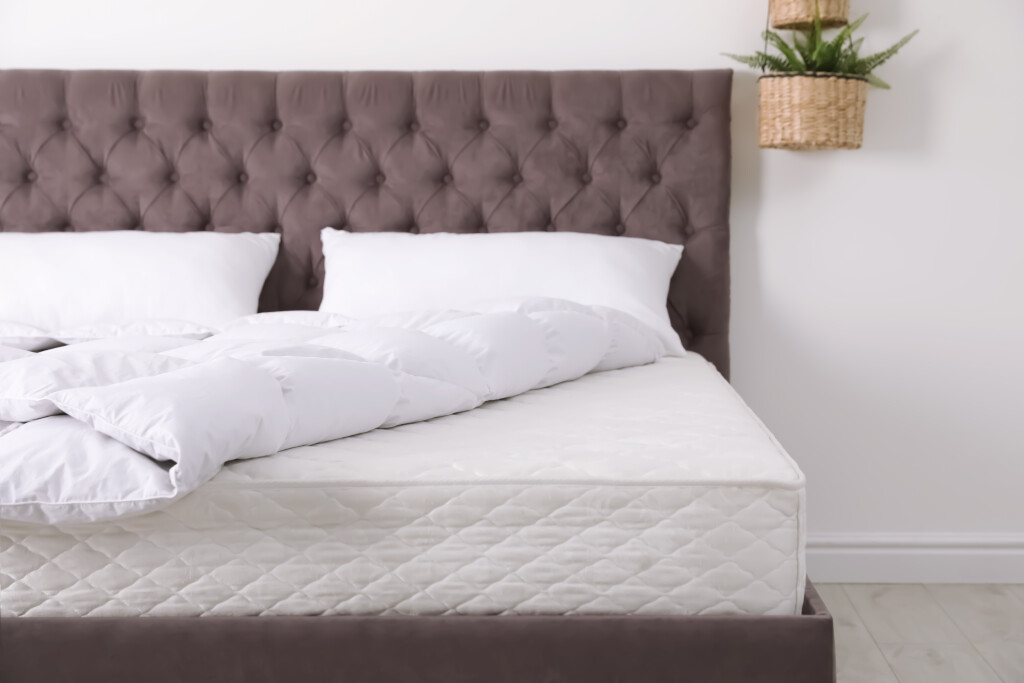









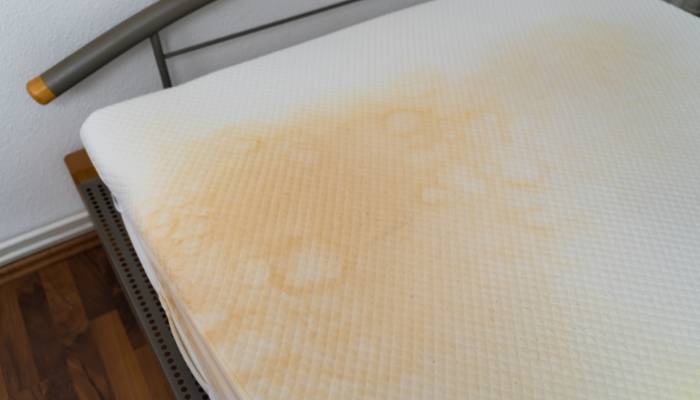

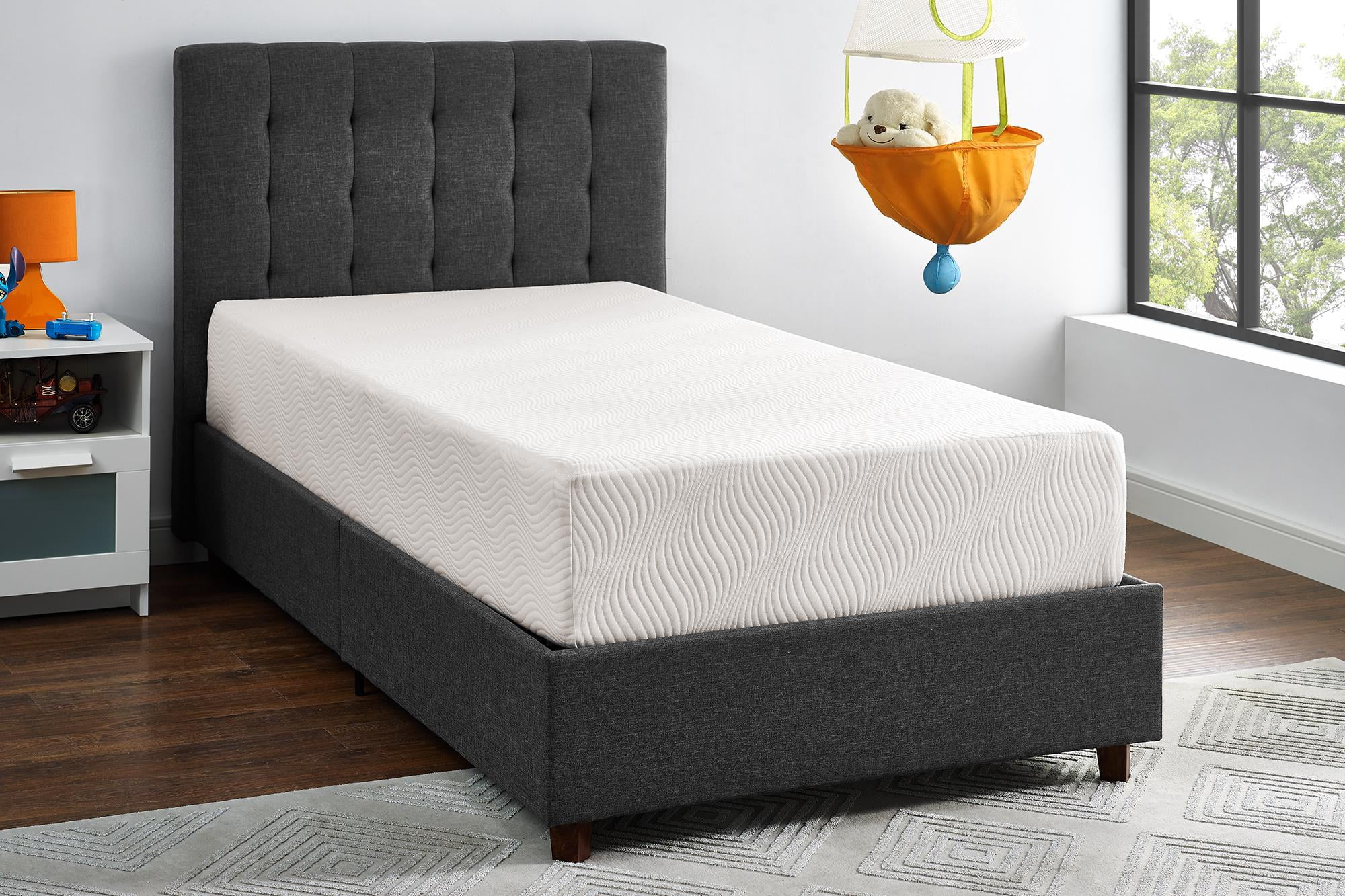
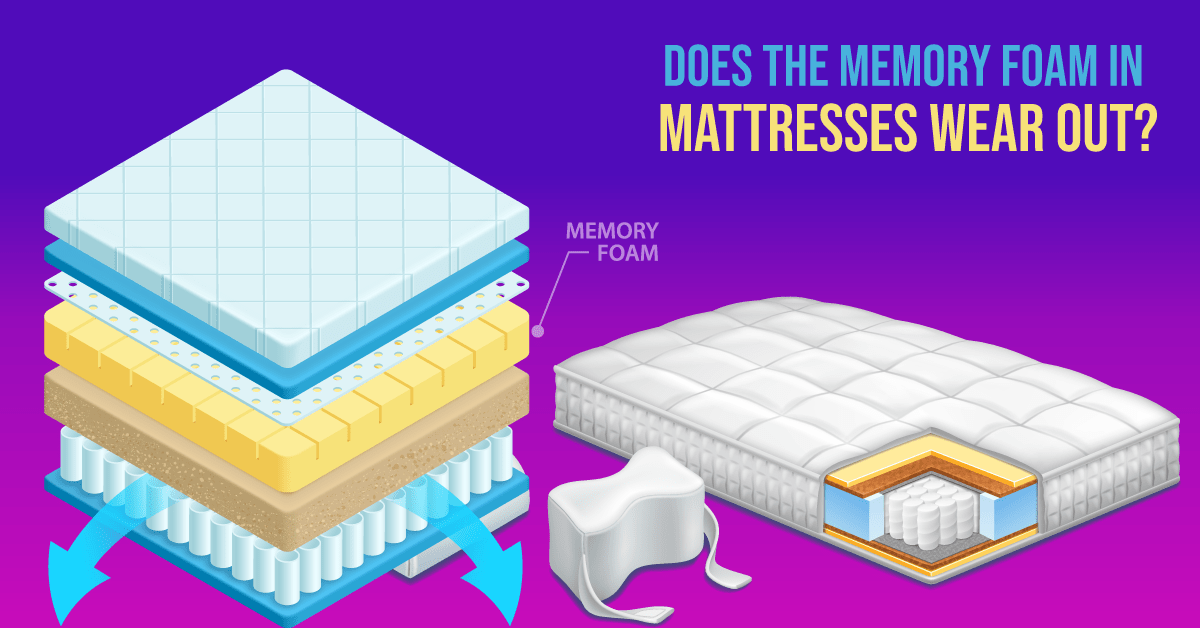

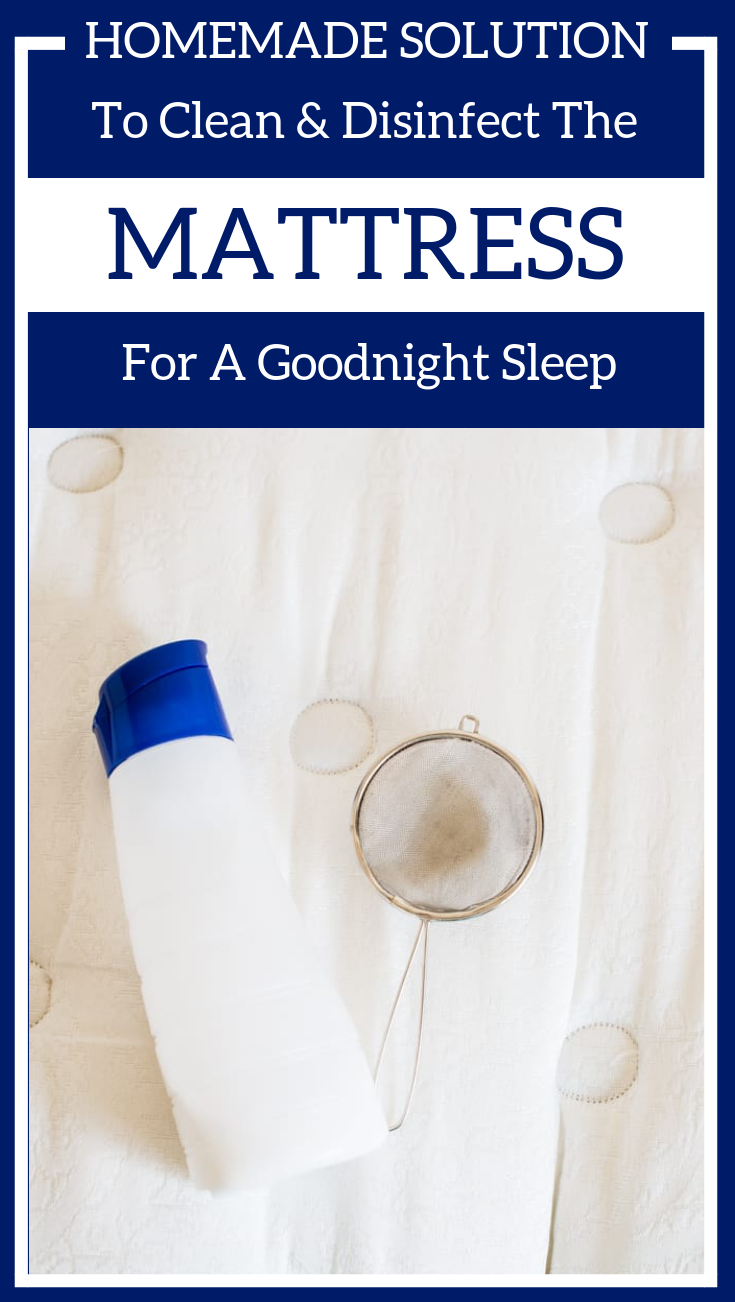


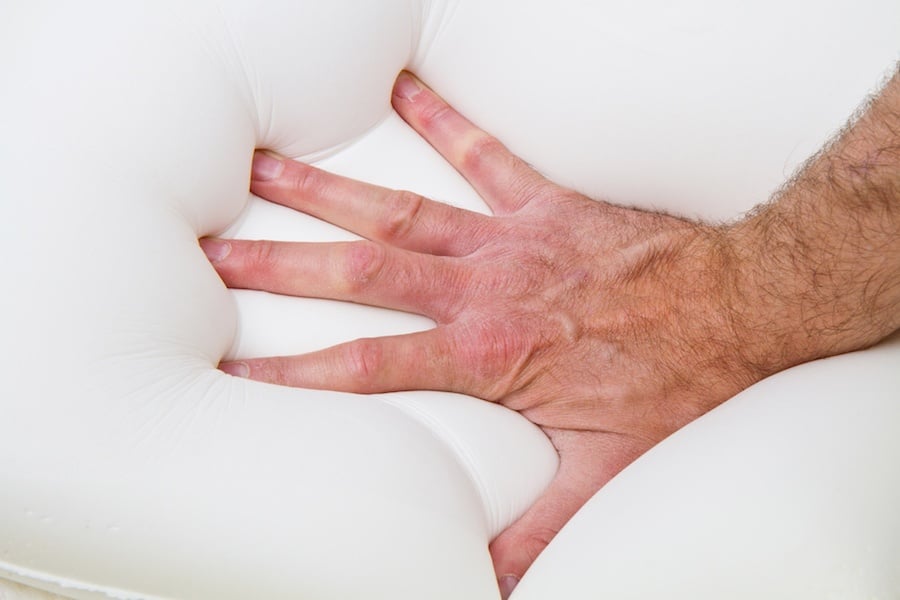









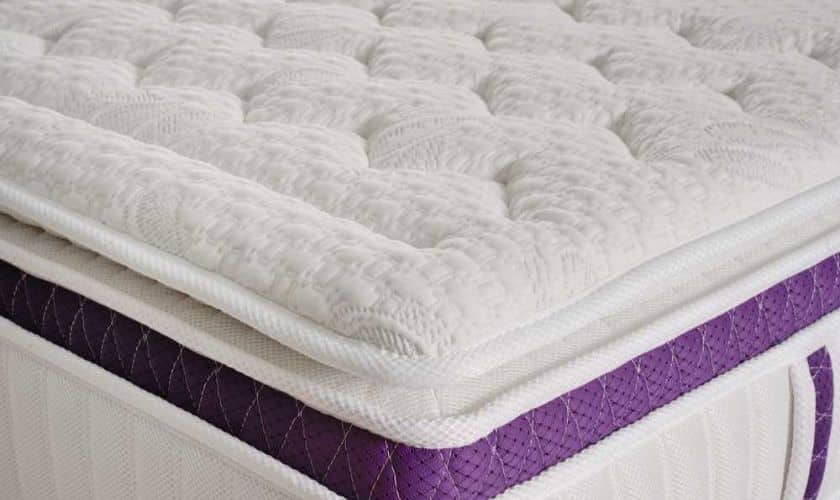




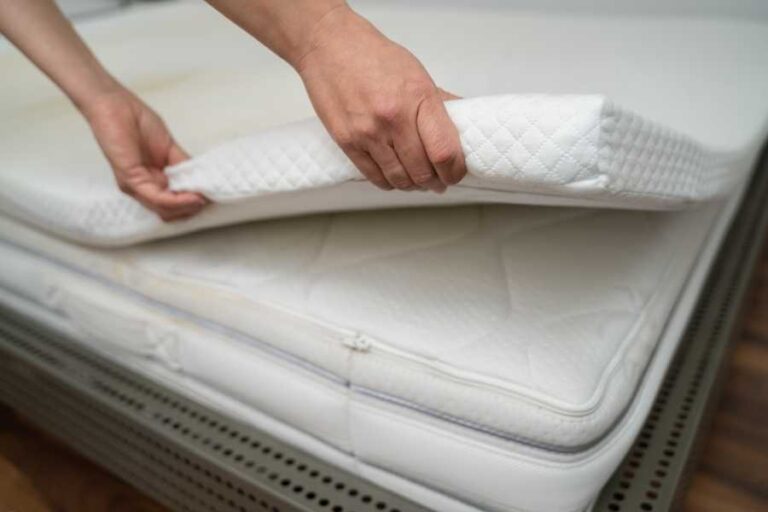






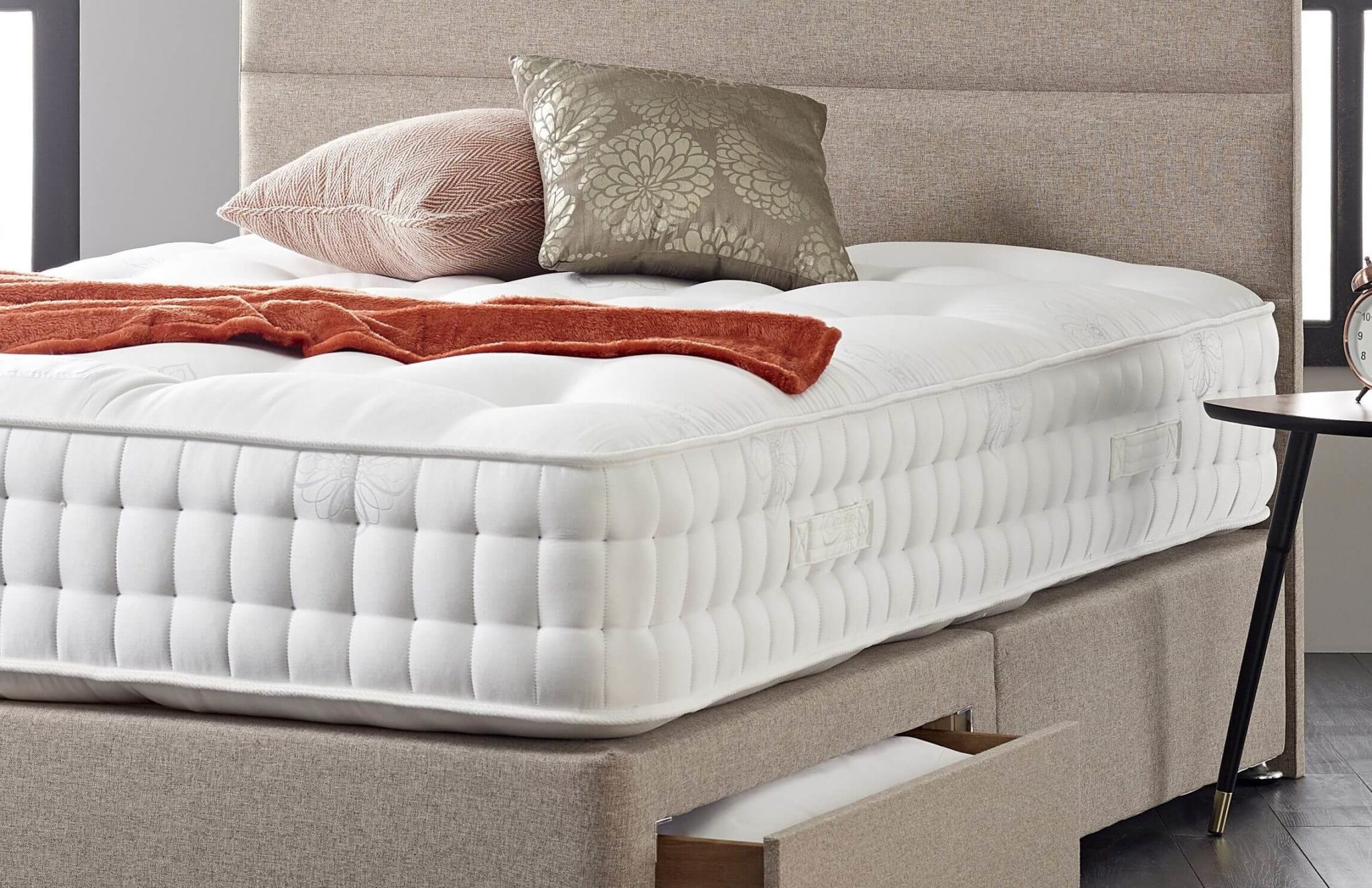



-1920w.jpg)




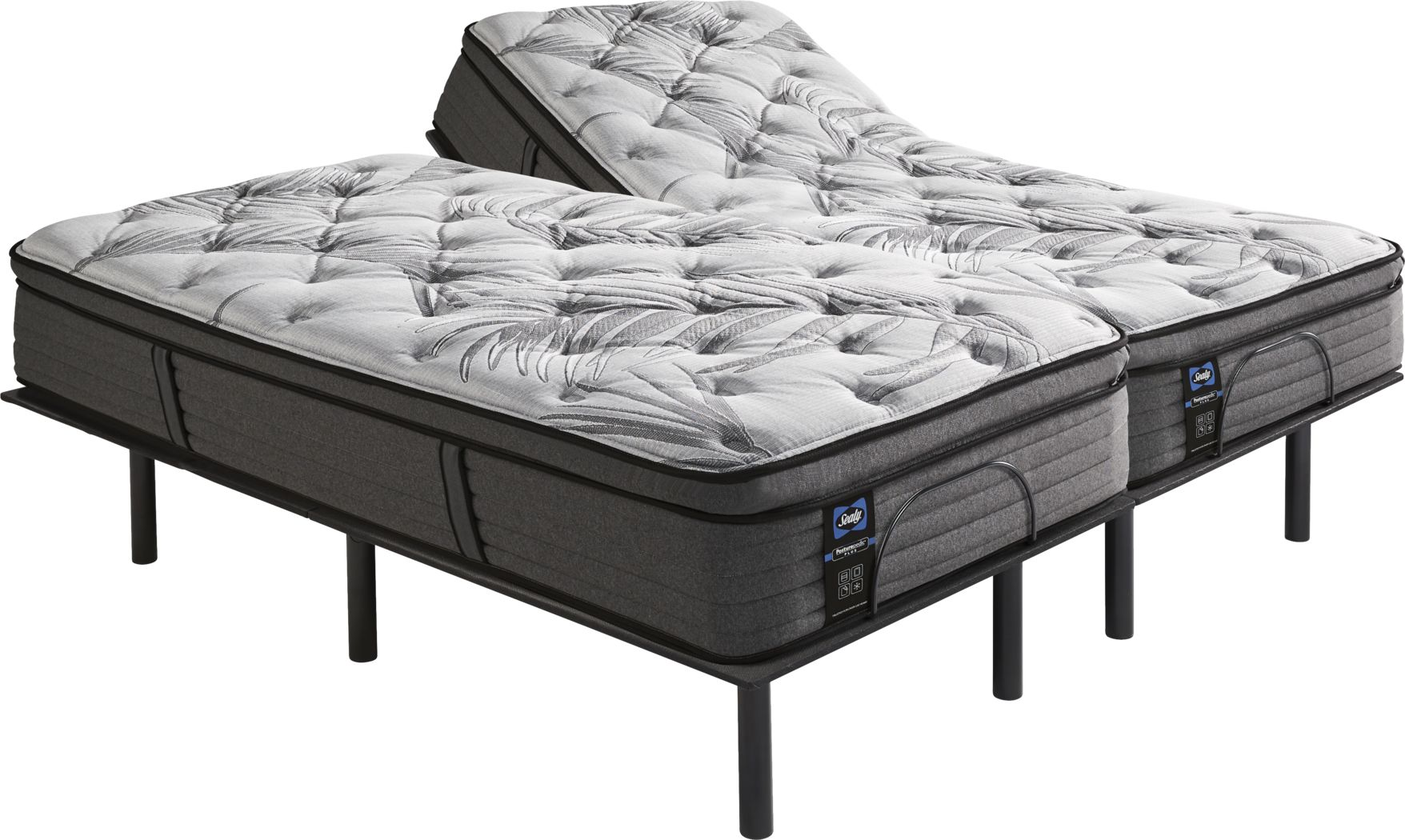


/Chandelier_0635-0b1c24a8045f4a2cbdf083d80ef0f658.jpg)
